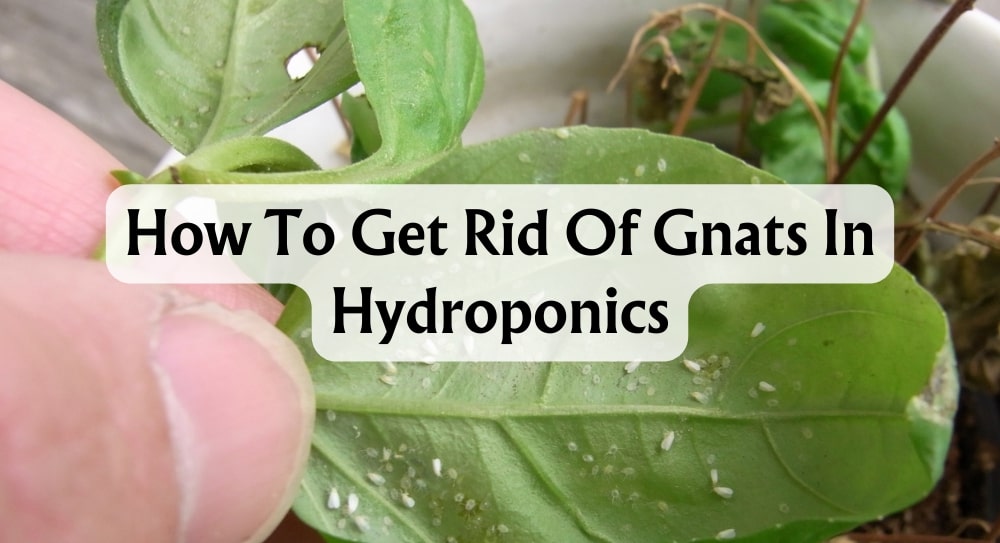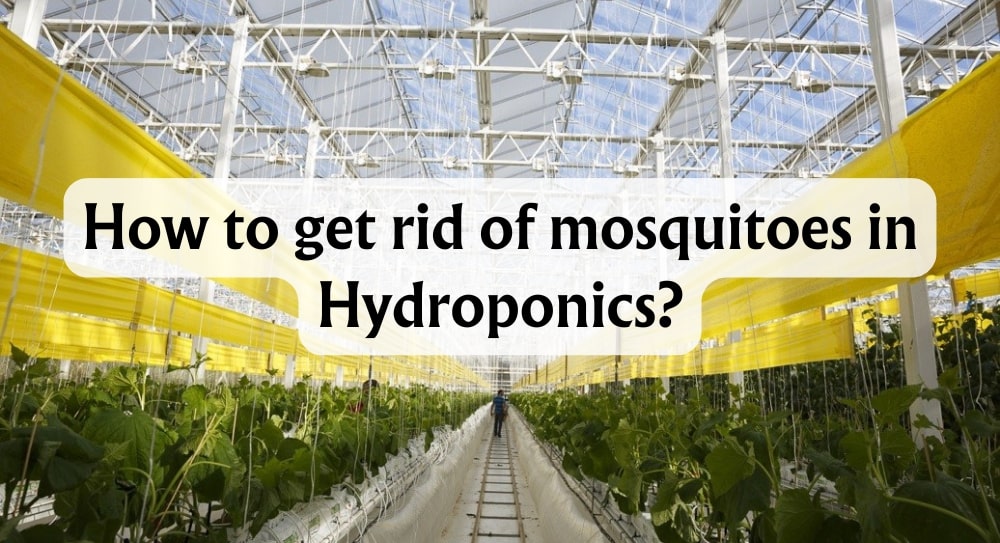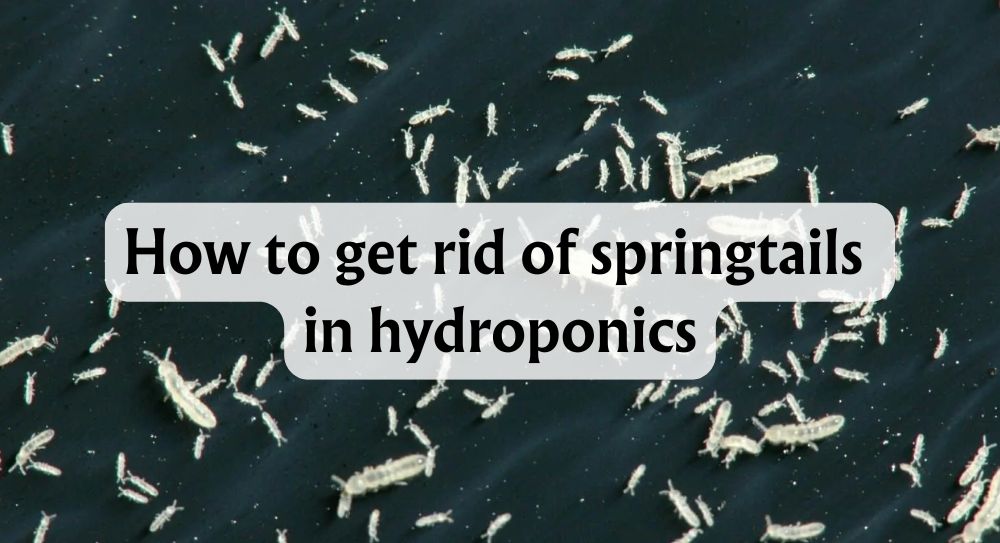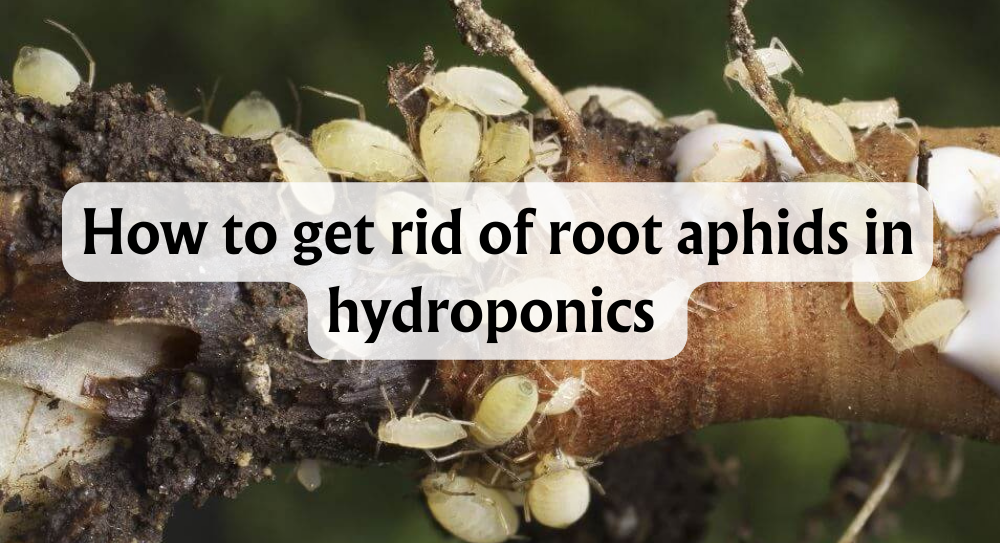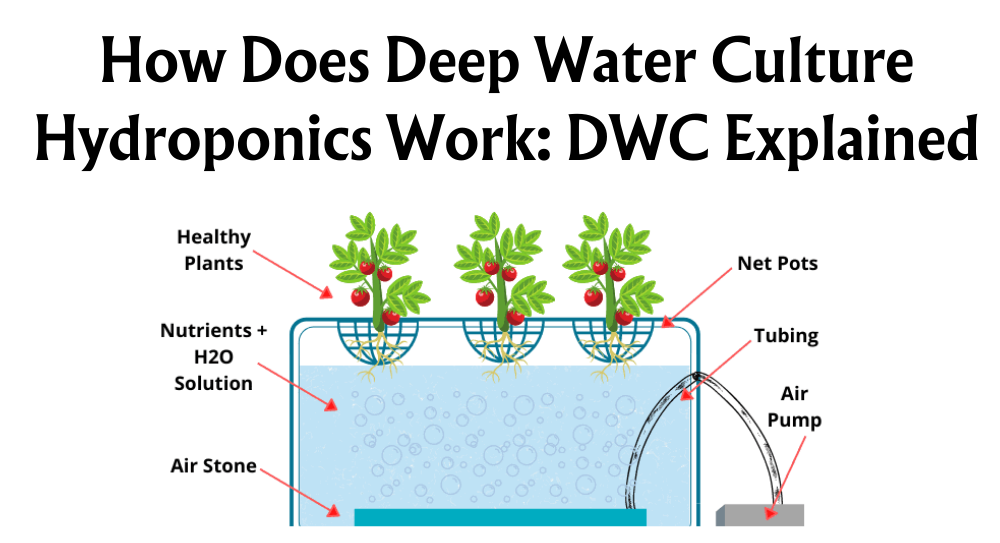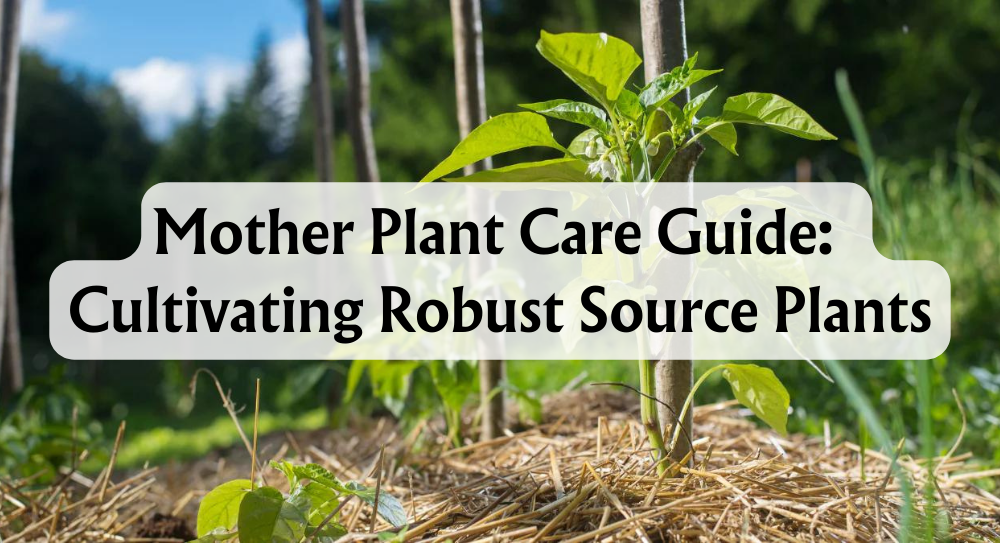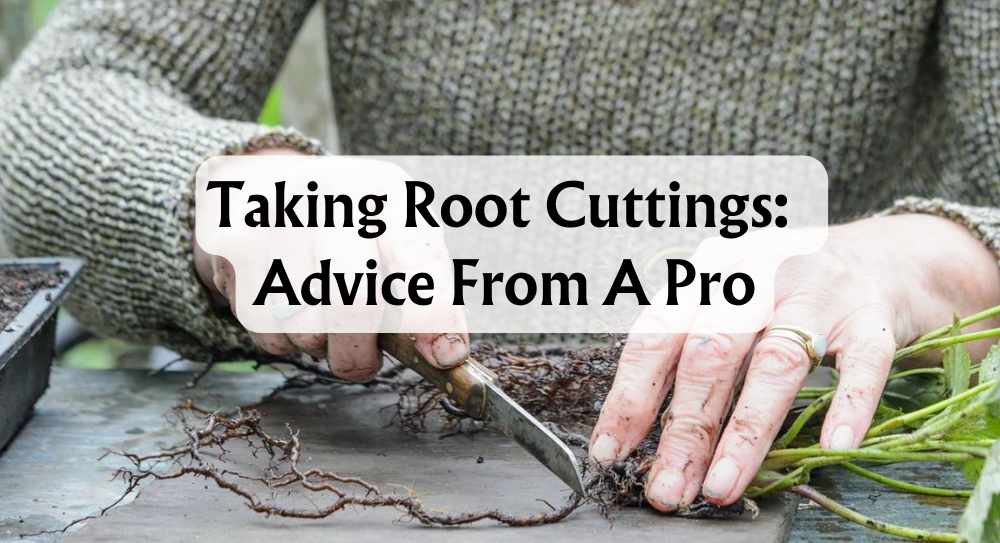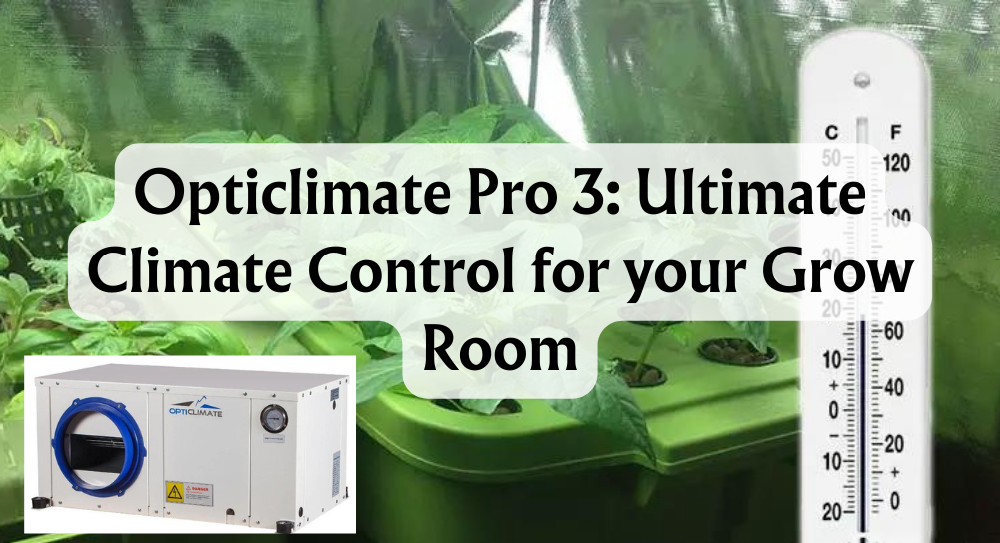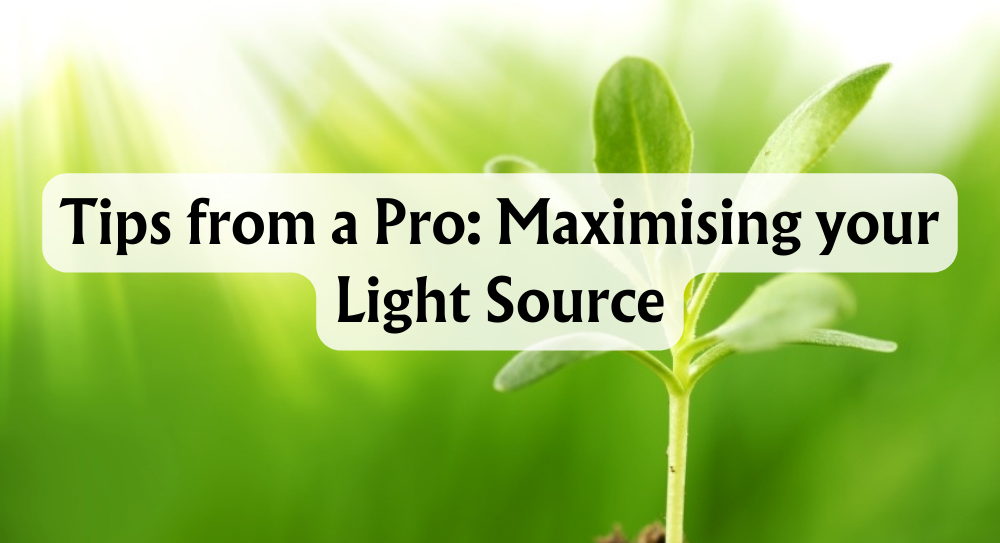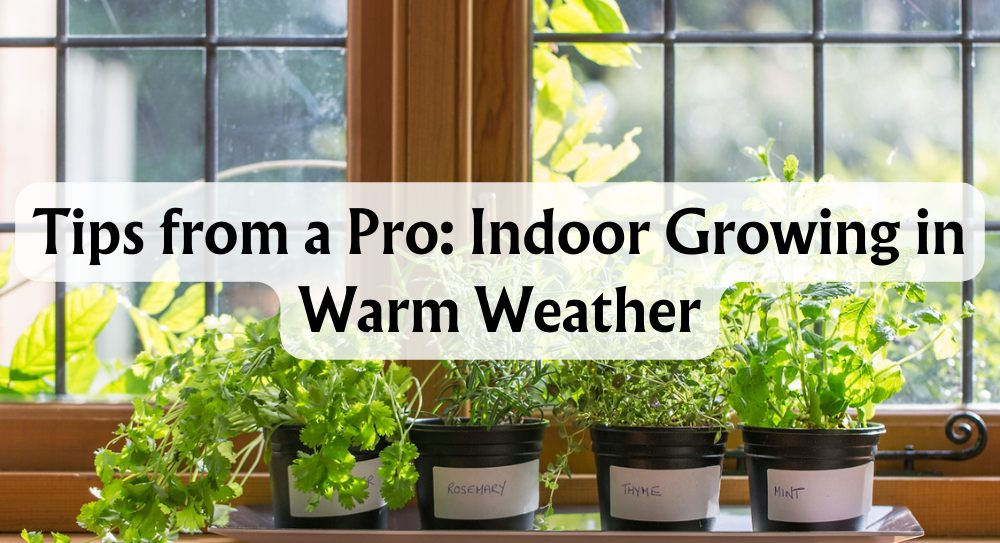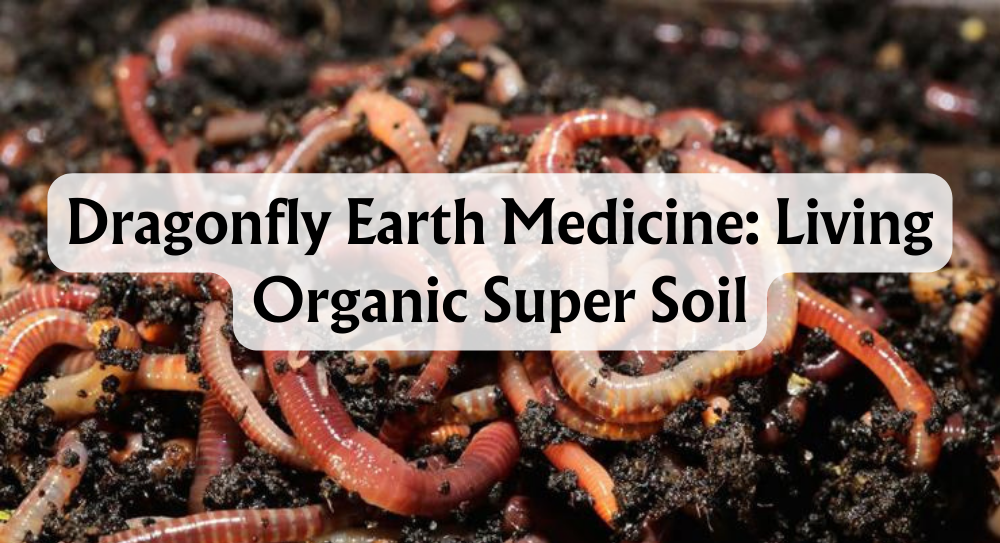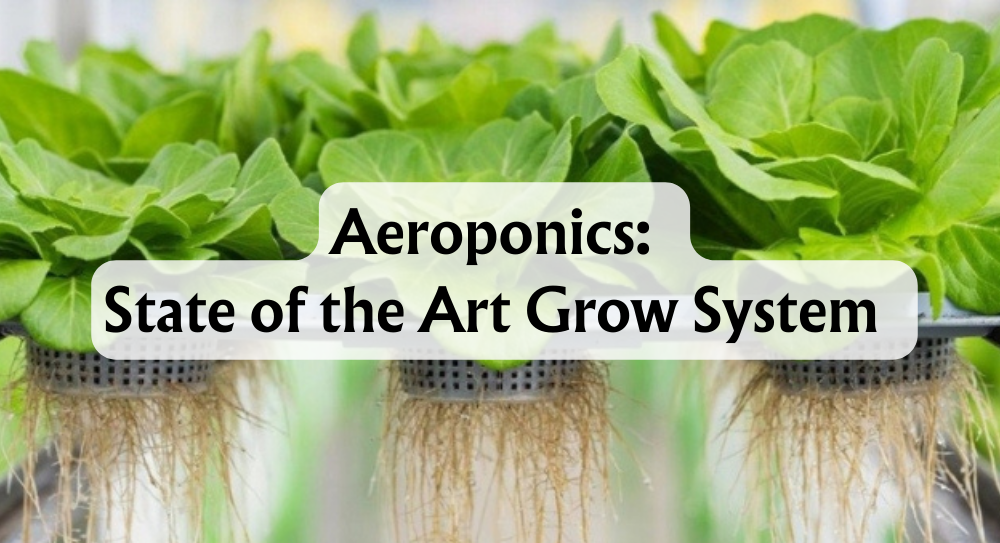How to get rid of Fungus Gnats in Hydroponics
Hydroponics is a fantastic method for growing plants that swaps out traditional soil for a nutrient-rich water solution, providing us with a clever way to cultivate crops indoors where space is limited. Not only does it conserve water, but it also allows for year-round production of fresh produce, regardless of the weather outside. It's an appealing technique for those of us wanting to maximise our green thumbs in minimal space.
But as with all gardening methods, hydroponics comes with its own set of challenges, one of which includes the pesky presence of gnats. Fungus gnats, in particular, can become a real nuisance, threatening to undermine the health of our houseplants and indoor gardens. These tiny flies can cause more than just annoyance; they have the potential to damage our plants and compromise the yield and quality of our crops.
In this article, we're going to guide you through identifying these irritants, understanding their life cycle, and the harm they can cause. We'll then provide practical preventative tips and effective methods for controlling their population, helping to ensure your hydroponic garden remains healthy and productive.
Key Takeaways
- Hydroponics is a water-efficient, space-saving method allowing for indoor year-round plant growth.
- Fungus gnats are a common issue in hydroponics, capable of damaging plants and yield.
- Effective identification, prevention, and control of gnats are crucial for maintaining plant health.
How to Identify Fungus Gnats
Notice your hydroponic plants have some unwanted interlopers? You might be dealing with fungus gnats, formally known as Sciaridae. Here's how we can spot these little troublemakers.
Fungus gnats are tiny, but they pack a punch in irritation. They're typically dark grey, about 2-5 mm in length, with slender bodies and long legs. Their wings are a giveaway; they've got clear ones that form a kind of 'Y' shape. Plus, they adore the moist environment your hydroponic system provides.
Don't mix them up with their cousins, the shore flies or fruit flies; those are a different party crasher. Shore flies are sturdier, fruit flies are browner and rounder, and both lack the distinctive wing pattern.
They're favourite locations to crash and make a scene? On our beloved greens like lettuce, basil, mint, and coriander.
Lifecycle

These pesky fungus gnats in your hydroponic system go from tiny specks to full-blown nuisances. Thanks to their intriguing lifecycle, which can range up to a whopping 18 stages, they demand pest control.
Eggs: Our gnat adventure begins with the eggs. These critters lay their eggs in moist environments, which are aplenty in hydroponics. The eggs are tiny, hard to see, and will hatch into larvae among the moisture of your plants.
Larvae: The larvae stage is where they start munching on organic material and roots, causing the most harm to our plants. It's a bit like their teenage phase—always hungry and somewhat destructive.
Pupae: After their hearty meals, the larvae develop into pupae. Now, these aren't your typical butterflies-in-waiting, but this stage is crucial before they become airborne annoyances.
Adults: Emerging from pupae, adult fungus gnats are on a mission to breed. Breeding is a seasonal gig for fungus gnats—typically asexual reproduction when things are going well in the growing season and sexual reproduction when autumn leaves start to fall.
Did you know they can overwinter? Yep, these gnats can hibernate in soil or snuggle up on leaves and stems, waiting for warmer days.
And talking about spreading, fungus gnats are notorious plant hoppers. They can crawl or fly from one plant to another, catching a breeze or a water droplet to hitch a ride, like mini travellers of the plant world.
We've covered eggs to adults, breeding to spreading, all set to a backdrop of moisture and warmth. It's a whole circle of life happening right there in your growing system! Remember, understanding their lifecycle is the first step to defeating them. It's us against the gnats, folks, and we're in this together!
How Fungus Gnats Damage Plants
Fungus gnats can be a real thorn in our side, especially when we're trying to maintain a healthy hydroponic garden. Have you ever noticed the tiny, mosquito-like pests hovering around your plants? Well, they're more than just a nuisance; they're actively harming your beloved greens.
Let's break down the damage these critters can cause:
Root System Troubles: Fungus gnat larvae have a taste for the fine root hairs of plants. They feed on these essential parts of the root zone, which are crucial for nutrient and water uptake. What's more, they don't stop at the hairs; they'll munch on the roots too. Sadly, fungus gnats see your plant's root system as a food source.
A Feast on Foliage: It's not just below the soil where fungus gnats wreak havoc. Gnats love to feed on the stems and leaves of tender young plants, causing a loss of foliage and visible damage to your greens.
Stunted Growth: As a result of their dietary habits, affected plants suffer from stunted growth. Symptoms include wilting, yellowing, dropping leaves, and an overall reduction in growth and yield. Tricky thing is, these signs can often mirror nutrient deficiencies, so we might not realise it's gnats at first!
Disease Dispatchers: These gnats can be carriers for all sorts of nasties like Pythium, Fusarium, and Verticillium, transmitting fungal diseases and bacterial infections that can be devastating.
A Sticky Situation: Have you come across a sticky residue on your plants? That's honeydew, courtesy of fungus gnats. It's not just messy; it attracts other pests and leads to sooty mould.
In short, if we're not vigilant, fungus gnats can bring a world of trouble to any grower. So let's keep our eyes peeled!
Fungus Gnat Control
Have you noticed tiny flies zipping around your hydroponic greens? They might be fungus gnats, and trust us, left unchecked, they can turn from a nuisance into a real headache, affecting the vigour of your plants. Let's look at how to keep our leafy friends safe through effective gnat management.
General Tips for Control
Firstly, it’s vital to keep an eagle eye on your hydroponic setup. Regular plant inspections, clean growing media, and a watchful eye on waterings can prevent gnat populations from exploding. Overwatering is a particular no-no, as gnats adore damp conditions to lay their eggs. Overcrowding plants? Also not a stellar idea; it creates the humid conditions that gnats like.
Mechanical Methods
- Hand-removal or Plant Isolation: Spot a troubled plant? Isolate it to prevent the gnats from throwing a party.
- Vacuuming up Gnats: It might sound bonkers, but sucking these pests away keeps numbers down.
- Yellow Sticky Traps: Brightly coloured and coated, these are brilliant at snagging the adult flyers.
- Mesh Screens: To keep gnats out in the first place, why not try some fine mesh screens?
We’ve seen quite the success with yellow sticky traps – easy, cost-effective, and super satisfying to see those gnats stuck instead of buzzing.
Biological Methods
- Predatory Helpers: Rove beetles are like the knights of the hydroponic realm, charging at gnats fearlessly.
- Microbial Agents: Bti is a safe bacterium that's not into sharing – it takes out the larvae, leaving your plants in peace.
- Botanical Extracts: Neem oil is like a bad cologne for gnats; they just can't stand it.
Anecdotes abound of neem oil sending gnats packing. It’s natural, it’s friendly, and it's like an invisibility cloak for our plants.
Chemical Methods
- Selective Insecticides: Pyrethroids, friends. They're like gnat Kryptonite, but remember, they're not the gentlest on the ecosystem.
- Hydrogen Peroxide: It's not just for cuts and scrapes; a diluted mix can cleanse the soil of gnat larvae.
- Potassium Silicate: This isn't only a nifty supplement for plants; it's like feeding them spinach, making them tough against gnats.
Use of hydrogen peroxide is handy in a pinch, but proceed carefully – it's powerful stuff. And, as for synthetics, they might be effective, but let’s save them as a last resort, shall we? After all, we don’t want to go all heavy-handed and upset the delicate balance of our systems.
Fungus Gnat Prevention
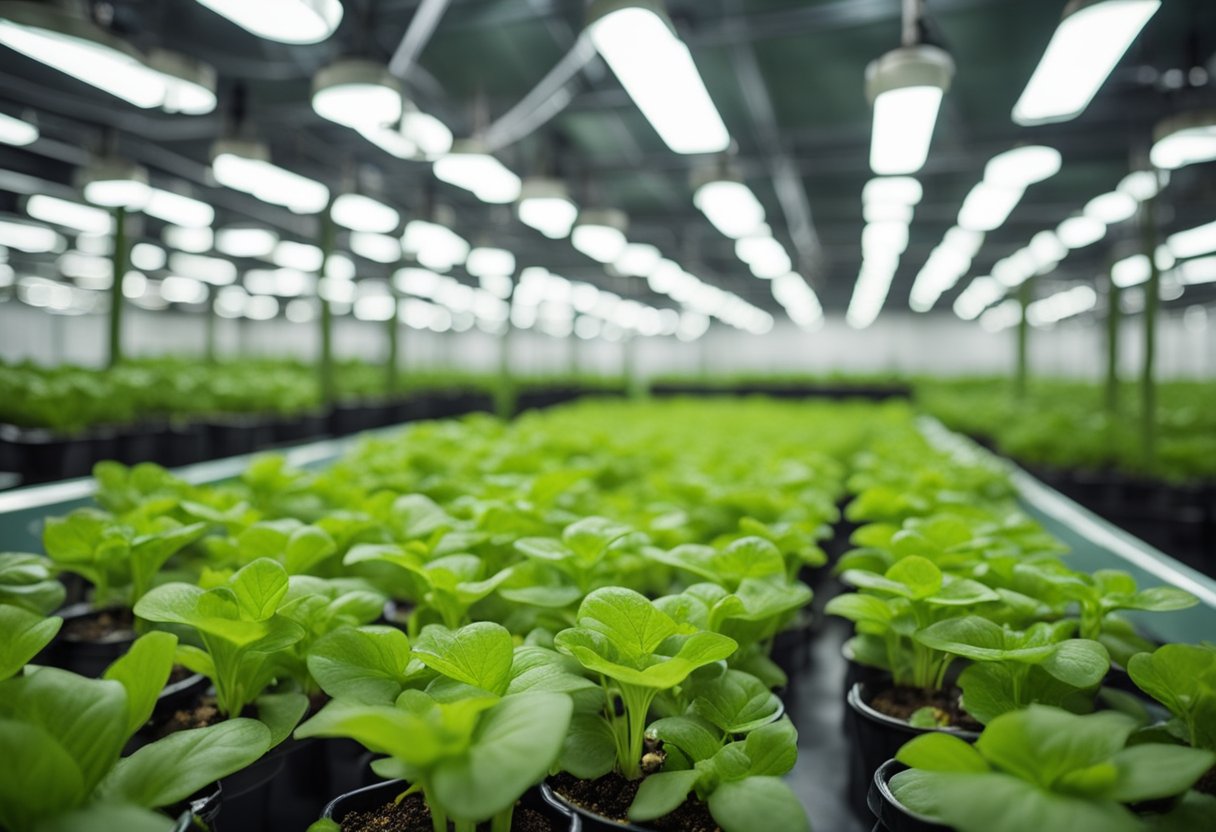
When we talk about fungus gnats in our hydroponic gardens, prevention is definitely better than cure! Ensuring these pesky insects don't get a chance to settle in can save us a lot of hassle and expense later on. Here's how we can keep our gardens gnat-free.
Hydroponics
The closed circuits and nutrient-rich solutions in hydroponic systems attract fungus gnats. But don't fret; we can crash their party with some diligent maintenance:
- Inspect everything: Before anything new—be it plants, media, or tools—enters your grow room, give it a thorough check-over for stowaway gnats.
- Optimal conditions: Keeping the temperature and humidity at ideal levels for your plants can actually be quite inhospitable for gnats. Who knew?
- Airflow is key: Good air circulation makes it tough for gnats to fly around and lay eggs, so let's keep that air moving!
- Don't overdo the H2O: A common mistake we all make is overwatering. Fungus gnats adore dampness, moist soil in particular, so let's not roll out the red carpet with excessive moisture.
- Routine clean-ups: Make it a weekly ritual to cleanse and sanitize your hydroponic system, including all the nooks and crannies where gnats might congregate.
Soil and Compost
Alright, you might think soil and compost don't feature in our hydroponic world, but they might hitch a ride through amendments or transplants. Fear not, for here's what we can do:
- Peat and coco: Got any peat or coco-coir amendments? They should be gnat-free. If they're not, they'll need a quarantining session—no exceptions.
- Top-dressing with sand: It's simple and effective. A top dressing of sand can deter adult gnats from laying eggs in the first place. Now that's smart gardening!
- Dry surface strategy: Keeping the top layer of any growth medium dry can discourage gnats from calling it home. When watering your plants let the soil dry out between waterings.
- Organic matter vigilance: Yes, you need it for healthy plant growth, but be vigilant with organic materials. Overdoing it could send you a gnat infestation RSVP.
Let's take these steps with a smile and a sprinkle of grit. Fungus gnat prevention is an ongoing commitment, and we're all in it together! Remember, a little extra effort in prevention can save our greens—and our peace of mind—in the long run.
How to Get Rid of Fungus Gnats
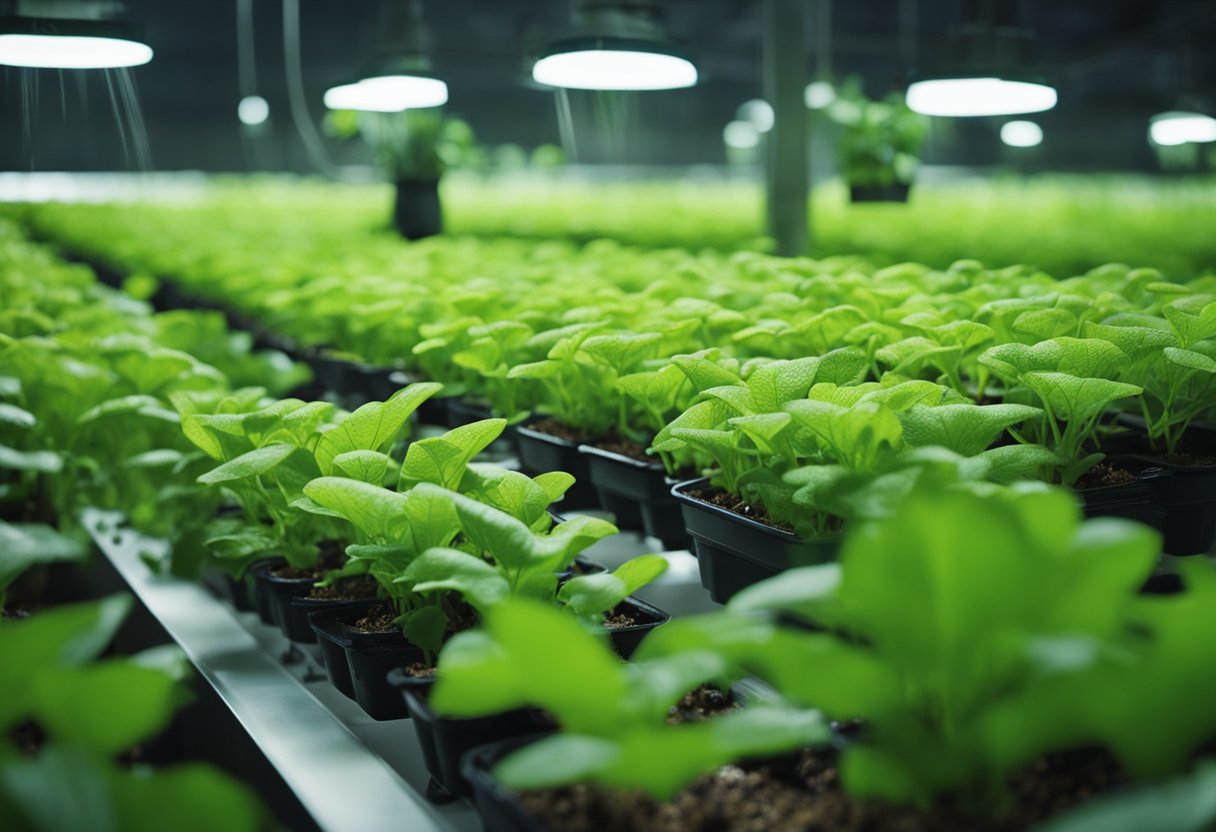
Facing a fungus gnat infestation? Let's tackle these pesky black flies together. They love to lay their larvae and eggs in moist environments, but we've got an arsenal of methods to show them the door.
First off, let's talk traps. Sticky traps are brilliant for catching adult flies. Simply place them near your plants, and they'll do the job. They won't get the larvae of fungus gnats, but they're a good start, and they'll show us how big the problem is.
Now, onto the larval stage. A thin layer of sand on top of your growing medium can prevent adults from laying eggs. Moreover, diatomaceous earth is a fantastic natural method. It's like walking on broken glass for these gnats, and a sprinkle on the surface of your medium is often all you need.
Ever heard of nematodes? These microscopic worms are the secret agents of the biological method. They infiltrate the soil and eradicate larvae in a stealthy fashion. Adding nematodes to your water supply is quite effective, and they're not harmful to the plants or us.
Lastly, there are commercial products. From pesticides to gnat-specific solutions, these can be quick fixes, but let's try to keep things natural if we can, right? Pesticides should be our last resort, as they can affect beneficial organisms in our hydroponic system.
So, remember, keep your growing medium on the drier side to discourage those gnats that reproduce rapidly. Introduce new plants carefully, and let's keep an eye out for the unwelcome arrival of those flies.
Conclusion
We've tackled the tricky problem of fungus gnats in hydroponics, a real nuisance that can wreak havoc on our seedlings. Identifying these pests is the first step; they're tiny but visible to the naked eye and have a distinctive life cycle. They're more than just an annoyance—they feed on plant sap and can spread diseases.
To keep our hydroponic gardens thriving, cleanliness is crucial. Regularly cleaning trays and tools, and organising our space will cut down on the areas where gnats can breed. Monitoring our plants allows us to catch infestations early, keeping our seedlings safe.
- Mechanical Solutions: Sticky traps are effective for monitoring and reducing adult gnat populations.
- Biological Controls: Beneficial insects or nematodes can help manage gnat larvae numbers.
- Chemical Treatments: A diluted hydrogen peroxide solution can assist in addressing fungal gnat infestations.
Remember that a blend of methods usually leads to the best outcome. Always follow safety instructions when using chemical solutions. If these methods don't resolve the issue, it's wise to confer with a pest management professional.
In our experience, using fans to improve air circulation can keep these pests away from your plants, as fungus gnats love still air for laying eggs. We should always be proactive in our approach to managing pests and diseases. It's not just about reacting; it's about being preventive.
Here are some final thoughts for us:
- Keep a close watch on humidity and moisture levels.
- Maintain a tidy growing area to discourage pests.
- Don't stockpile used growing media where it can turn into a breeding ground.
Let's take the knowledge we've gained and continue cultivating healthy, gnat-free hydroponic gardens.







 Store Locator
Store Locator
